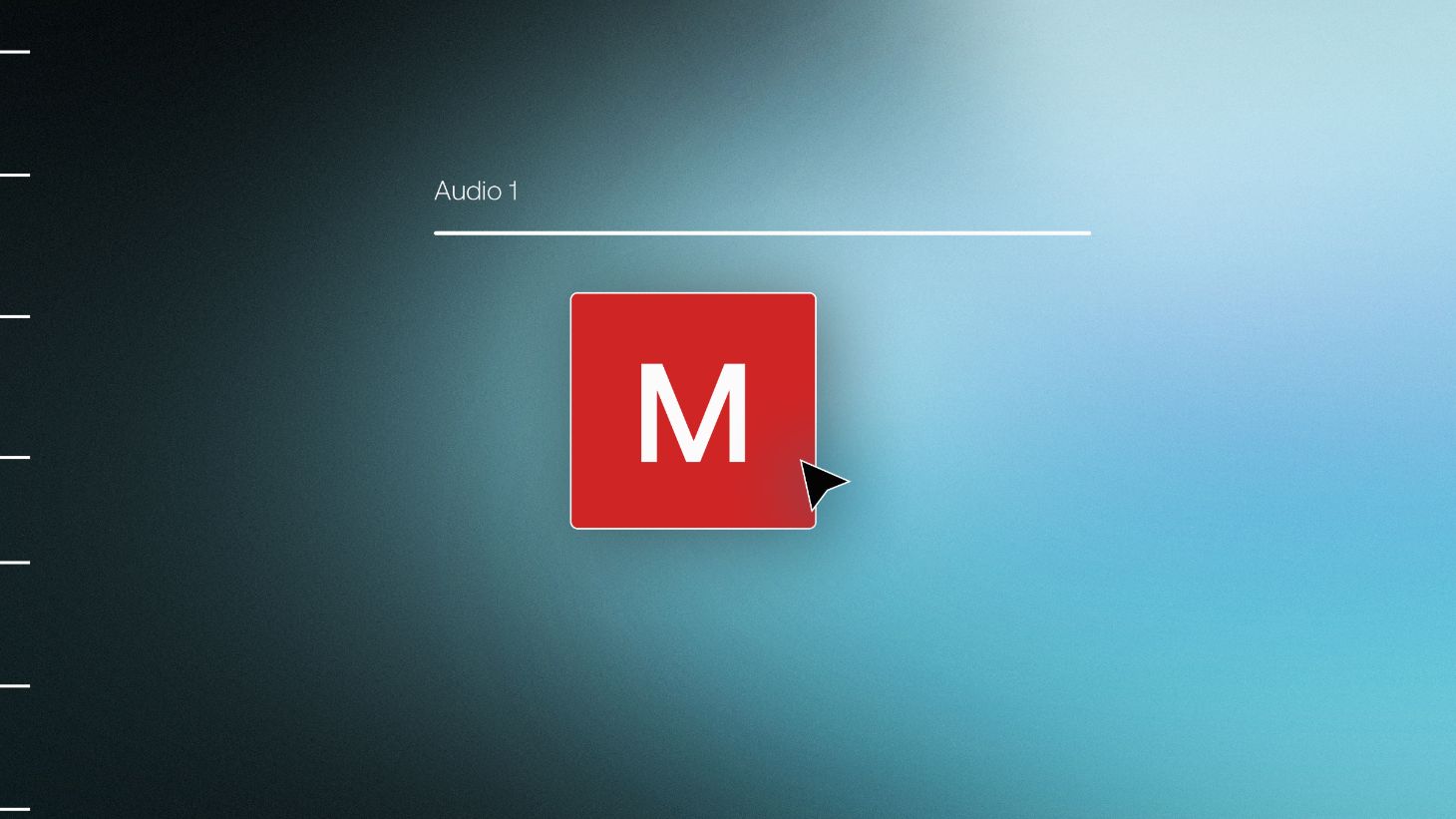

We’ll discuss many of the individual features of the Timeline over the course of this and subsequent chapters, but let’s briefly discuss its key features. We’ll be working with the sequence we created at the end of the last chapter, renamed Moscow Tour. Let’s spend some time customizing the Timeline and learning its features.

You’ll also learn basic ways to get content from the Project panel to the Timeline.
#NO HEADPHONE SOUND IN PREMIERE PRO MAC HOW TO#
In this chapter, you’ll learn how to configure and navigate the Timeline and how to configure the Program Monitor. Double-click a sequence in the Project panel, and it opens in the Timeline. Timelines and sequences are also integrally linked, since a sequence is essentially a representation of content within the Timeline. If you watch the timecodes on the Timeline and Program Monitor as you drag the playhead around in either panel, you’ll notice that they are always in lockstep. The Timeline shows the temporal progression of your project, and the Program Monitor shows what’s happening at the current frame, or playhead.

The Timeline and the Program Monitor are integrally linked. Briefly, the Timeline is made up of multiple audio and video tracks onto which you insert content. Playing Clips in the Program Monitor 172Īlthough you can perform some editing functions in the Project panel and Source Monitor, you’ll do the vast majority of your editing-and spend the vast majority of your editing time-in the Timeline.Choosing the Timecode Display Format 147.


 0 kommentar(er)
0 kommentar(er)
